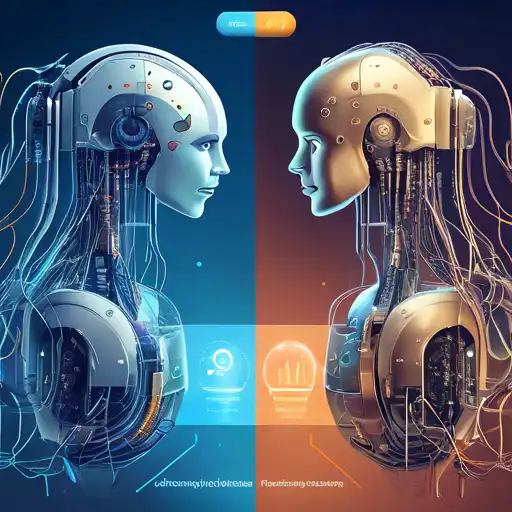Introduction to Machine Learning and Deep Learning
In the realm of artificial intelligence (AI), Machine Learning (ML) and Deep Learning (DL) stand out as two of the most pivotal technologies driving innovation. While they share common foundations, their approaches, applications, and complexities differ significantly. This article delves into these differences, offering insights into how each technology operates and where they excel.
What is Machine Learning?
Machine Learning is a subset of AI that enables systems to learn from data, identify patterns, and make decisions with minimal human intervention. ML algorithms improve their performance as they are exposed to more data over time. Common applications include spam detection, recommendation systems, and fraud detection.
What is Deep Learning?
Deep Learning, a more advanced subset of ML, utilizes neural networks with many layers (hence 'deep') to analyze various factors of data. DL excels in handling unstructured data like images and speech, powering advancements in facial recognition, autonomous vehicles, and natural language processing.
Key Differences Between Machine Learning and Deep Learning
1. Data Dependency
DL requires large amounts of data to perform well, whereas ML can deliver results with smaller datasets. This makes ML more accessible for businesses with limited data.
2. Hardware Requirements
DL models are computationally intensive, often requiring GPUs for efficient processing. ML models, on the other hand, can run on lower-end hardware.
3. Feature Engineering
In ML, feature extraction is mostly manual, requiring domain expertise. DL automates this process, reducing the need for human intervention.
4. Interpretability
ML models are generally easier to interpret and explain. DL models, with their complex architectures, often act as 'black boxes', making it harder to understand how decisions are made.
Choosing Between Machine Learning and Deep Learning
The choice between ML and DL depends on the specific problem, available data, and computational resources. For structured data and simpler problems, ML might be the way to go. For complex, unstructured data, DL could offer better performance.
Conclusion
Understanding the differences between Machine Learning and Deep Learning is crucial for leveraging the right technology for your needs. While ML offers simplicity and efficiency, DL provides depth and power for more complex tasks. As AI continues to evolve, the boundaries between these technologies may blur, but their core differences will remain relevant.
